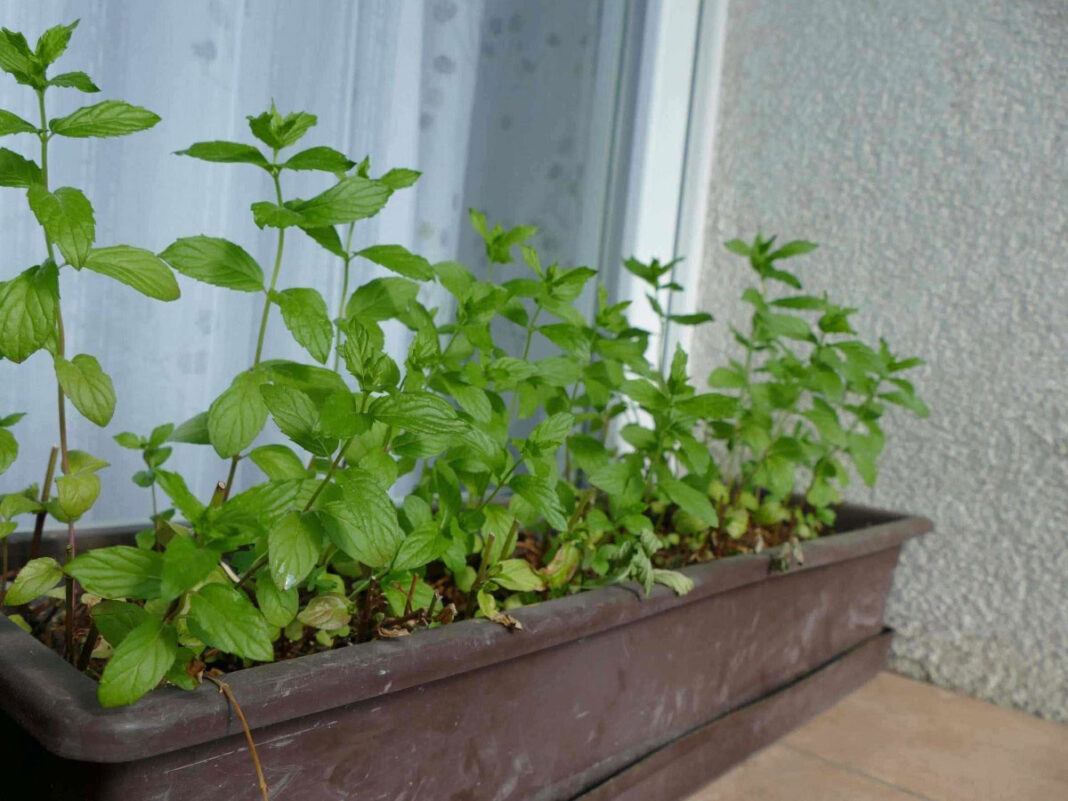In recent years, there’s been a noticeable surge in the popularity of herbal window boxes. More and more people are discovering the joy and benefits of cultivating their own herbs right outside their windows. This trend isn’t just about aesthetics; it’s a blend of practicality, sustainability, and a touch of nature’s beauty brought into our daily lives.
The Allure of Window Box Herb Gardens
Imagine opening your window to the fresh scent of rosemary or the delicate aroma of lavender. A kitchen window box herb garden not only adds a charming touch to your home but also provides immediate access to fresh, nutrient-rich herbs for your culinary creations. Heidi from Eleanor Rose Home shares her enthusiasm for these gardens, highlighting how they significantly elevate home-cooked meals and enhance the kitchen’s charm.
Growing herbs in a window box is cost-effective and sustainable. Instead of buying packaged herbs that often go to waste, you can snip just what you need, reducing food waste and saving money. Plus, cultivating your own herbs means you have control over what’s used in growing them, ensuring they’re free from harmful chemicals.
Selecting the Right Herbs for Your Window Box
Choosing the right herbs is essential for a thriving window box garden. Heidi recommends her favorites: parsley, rosemary, thyme, chives, and lavender. Each of these brings unique flavors and benefits to your dishes. For instance, rosemary adds an earthy touch, while chives offer a mild onion flavor that’s perfect for salads and garnishes.
It’s important to consider the growth habits of herbs when planting. Some, like mint, are notoriously invasive and can overrun other plants. It’s best to grow mint in a separate container to keep it contained.
Setting Up The Herbal Window Box
- Choose the Right Location: Herbs need plenty of direct sunlight – at least six hours daily. A south-facing window is often the best spot.
- Ensure Proper Drainage: To prevent root rot, your window box should have enough drainage holes to allow excess water to escape. This will keep the soil at the right moisture level.
- Choose Quality Soil: Use a well-draining potting mix enriched with organic matter. This provides the nutrients your herbs need to grow robustly.
- Water Appropriately: While herbs like consistent moisture, overwatering can be detrimental. Water only when the top inch of soil feels dry to the touch.
- Regular Harvesting: Snipping your herbs encourages new growth and keeps the plants bushy and healthy.
Benefits Beyond the Kitchen
Herbal window boxes aren’t just for culinary purposes. They can significantly enhance your home’s ambiance by improving air quality and creating a calming environment. Moreover, the sight of green, thriving plants can be therapeutic, reducing stress and promoting well-being.
For those with limited space, window boxes are an excellent solution. They allow urban dwellers to enjoy gardening in small spaces like balconies or patios. Using containers like pots or planters that are at least six inches deep, you can grow a variety of herbs even in confined areas.
Tips for Small Space Herb Gardening
When space is at a premium, consider these strategies:
- Use Compact Varieties: Choose herbs that have a smaller growth habit. For instance, dwarf rosemary or miniature thymes are perfect for window boxes.
- Strategic Planting: Plant herbs with similar water and sunlight needs together. This ensures that all your plants thrive under the same care regimen.
- Creative Containers: Don’t be limited to traditional window boxes. Items like troughs, pots, or even repurposed household items can serve as unique planters.
Seasonal Considerations
Certain herbs may not withstand the winter in colder climates if left outside. It’s advisable to bring sensitive herbs indoors during the cold months. Place them in a sunny, frost-free area to keep them thriving year-round.
Regular maintenance is also key. Over time, soil can lose nutrients, so refresh the top layer with compost or organic matter to give your herbs a nutritional boost. Pruning and harvesting provides you with fresh ingredients and also encourages healthier plants.
The growing interest in herbal window boxes is more than a trend; it’s a reflection of a desire to connect with nature, even in small ways. Cultivating herbs in a window box offers numerous benefits—from enhancing your meals with fresh flavors to adding a touch of greenery to your living space.
So why not embark on creating your own herbal window box? With the right care and selection, you’ll have a flourishing mini-garden that brings joy and freshness to your home.
